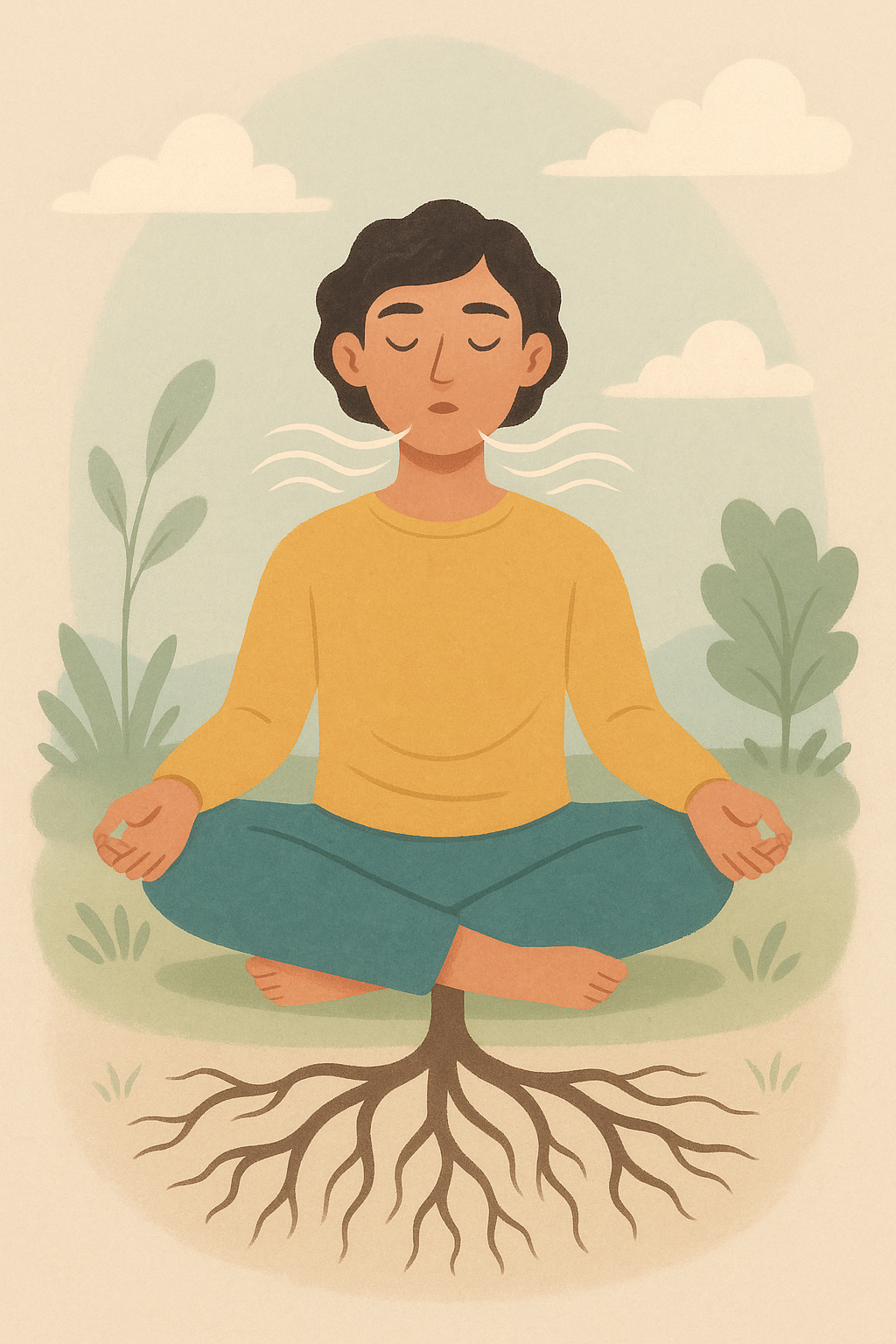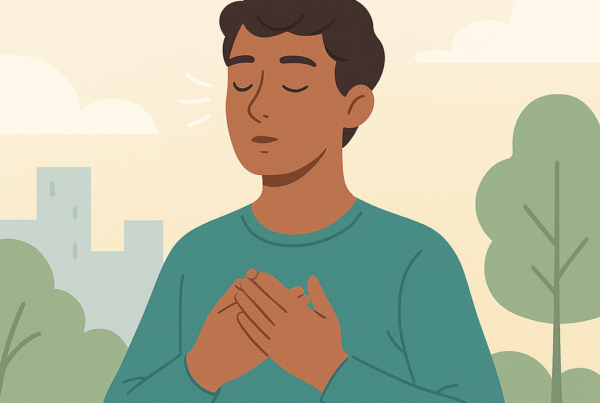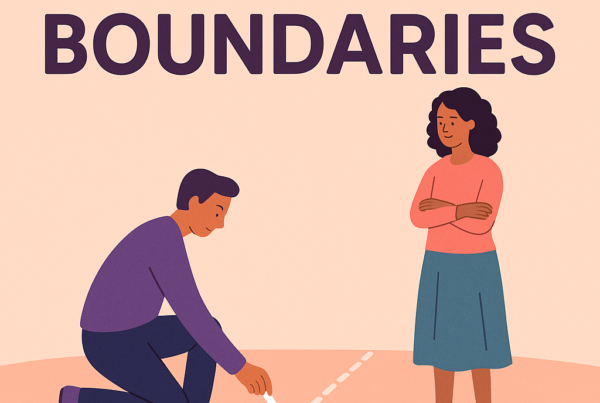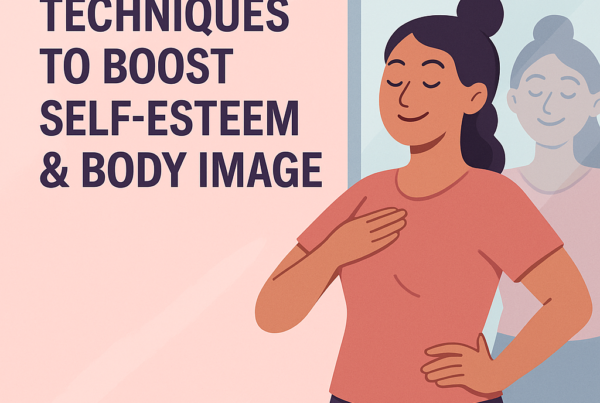Anxiety Management Techniques: Breathing & Grounding
Anxiety is a natural response to stress, but when it becomes overwhelming, it can interfere with daily life and well-being. Two of the most accessible and effective strategies are breathing exercises and grounding techniques. These mindfulness-based approaches help regulate the nervous system, calm the mind, and bring you back to the present moment—no special equipment or training required.
1. Diaphragmatic (Belly) Breathing
Why it helps:
Engaging your diaphragm rather than shallow chest muscles activates the parasympathetic nervous system, reducing heart rate and promoting relaxation.
How to practice:
- Find a comfortable position—sit upright or lie flat on your back.
- Place one hand on your chest and the other on your abdomen.
- Inhale slowly through your nose for a count of 4, feeling your belly rise under your hand while your chest remains still.
- Pause for 1–2 counts.
- Exhale gently through pursed lips for a count of 6, feeling your belly fall.
- Repeat for 5–10 minutes or until you feel calmer.
2. Box Breathing (Four-Square)
Why it helps:
Box breathing imposes a structured rhythm, giving the mind and body a predictable pattern to follow, which can override anxious thought loops.
How to practice:
- Inhale through your nose for a count of 4.
- Hold your breath for a count of 4.
- Exhale slowly through your mouth for a count of 4.
- Hold again for a count of 4.
- Repeat sequence for 3–5 cycles.
3. 5-4-3-2-1 Grounding Technique
Why it helps:
Grounding brings your awareness fully into the present, distracting the mind from spiraling thoughts by engaging the five senses.
How to practice:
- Look around and name 5 things you can see.
- Touch and identify 4 things you can feel (e.g., your clothing, your chair).
- Listen and notice 3 sounds in your environment.
- Smell and bring attention to 2 scents (real or imaginary).
- Taste and focus on 1 thing you can taste (a mint, your saliva).
4. Progressive Muscle Relaxation
Why it helps:
Tensing and releasing muscle groups reduces physical tension, signaling to the brain that it’s safe to relax.
How to practice:
- Find a quiet spot and sit or lie down comfortably.
- Start at your feet: tense the muscles for 5 seconds, then release.
- Move up: calves, thighs, glutes, abdomen, chest, arms, hands, neck, and face—tensing for 5 seconds, then letting go for 10 seconds.
- Breathe deeply as you release each muscle group.
5. Anchoring with a Simple Phrase
Why it helps:
Combining a calming phrase with a breath can act as a mental “reset” button.
How to practice:
- Choose a phrase that resonates (e.g., “I am safe,” “Be here now,” “This too shall pass”).
- Inhale while mentally saying the first part (e.g., “I am…”).
- Exhale while finishing the phrase (e.g., “…safe”).
- Repeat 5–10 times.
Putting it All Together
- Create a “Calm Routine”: For example, start with 2 minutes of diaphragmatic breathing, then a quick 5-4-3-2-1 grounding check, and finish with an anchoring phrase.
- Practice Daily: Even when you’re not feeling anxious, short daily sessions strengthen your ability to self-regulate under stress.
- Journal Your Experience: Note which techniques helped most, and any insights you had during practice.
Final Thoughts
Breathing and grounding techniques are empowering tools you carry with you at all times. With consistent practice, you’ll notice anxiety episodes lose intensity and become more manageable—allowing you to navigate life’s ups and downs with greater resilience and calm. Give yourself the gift of presence and breath; you already have everything you need to find your center.




